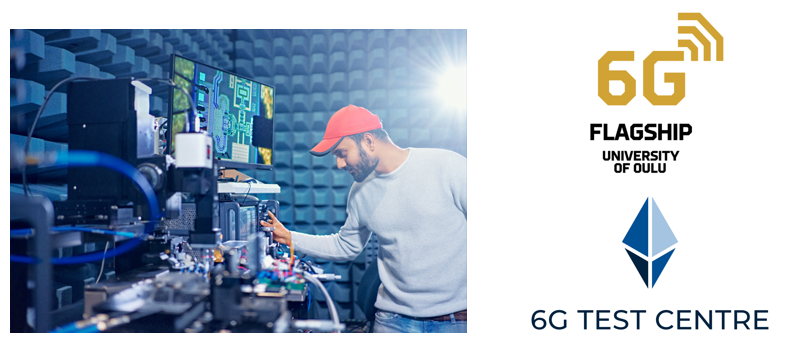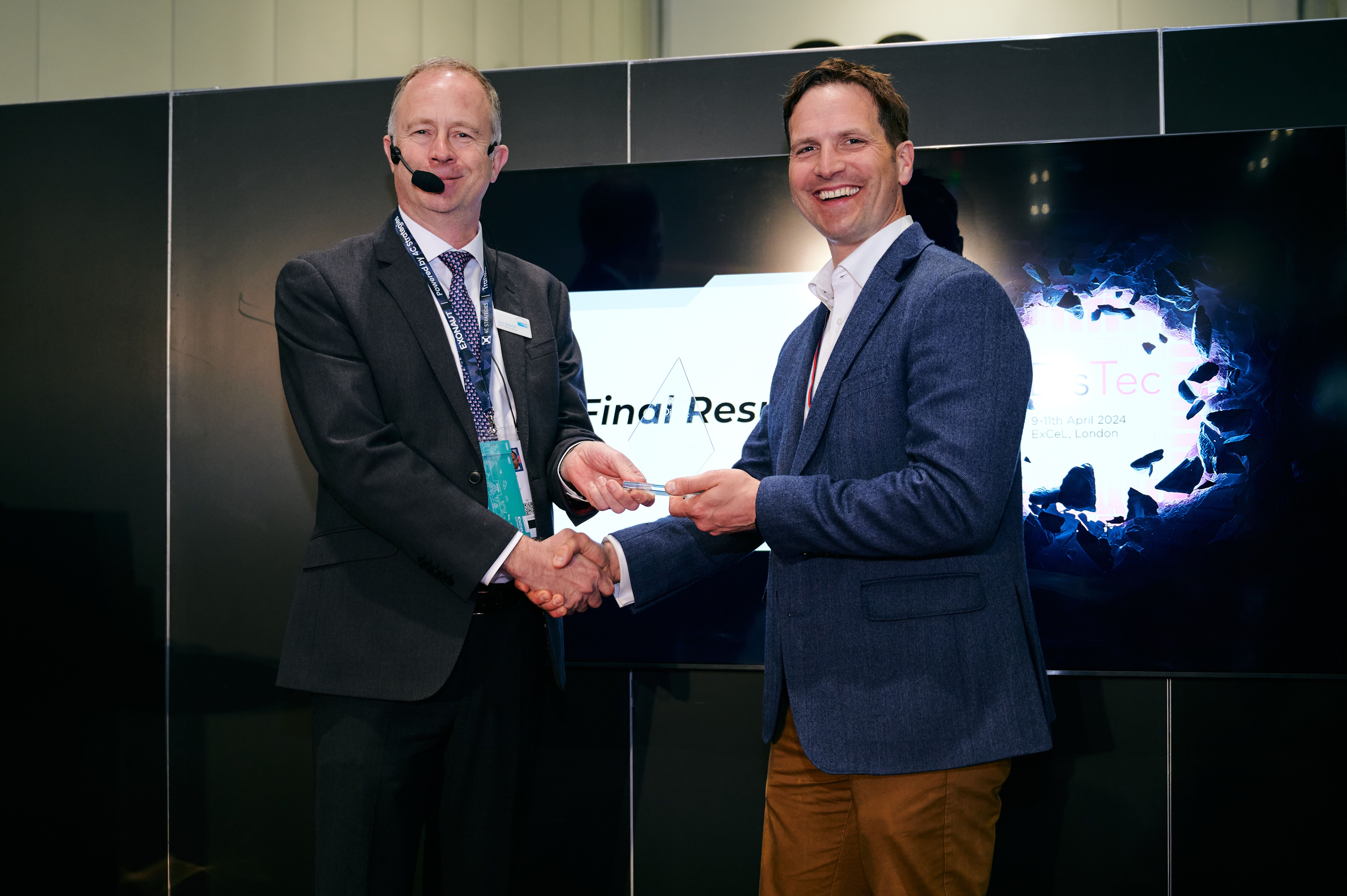
Challenge areas
Advanced situational awareness and decision-making in interference-prone environments.
Advanced situational awareness relies on the real-time collection, analysis, and integration of multi-source data (e.g., sensors, 5G/6G networks, and AI). This challenge seeks to deliver practical, scalable solutions that advance decision-making capabilities and situational awareness in interference-prone environments, utilising cutting-edge technologies and innovative visualisation tools to drive efficiency and effectiveness.
This challenge focuses on:
-
Detection and assessment of interference (e.g., jamming, spoofing).
-
Immersive platforms supporting decision-making (e.g., virtual worlds and tele-immersion).
-
The role of future autonomous systems and communication infrastructures in situational awareness.
Objectives:
-
Real-Time AI-Assisted Solutions:
-
Develop solutions leveraging AI and big data for real-time situational awareness, focusing on minimum viable product (MVP) principles to enable rapid prototyping and deployment.
-
Implement AI-assisted network management and optimisation in immersive environments to dynamically detect and counteract interference such as jamming and spoofing.
-
XR-Assisted Situational Awareness:
-
Explore how extended platforms, like the metaverse, can enhance decision-making in complex operations by visualising real-time data, such as:
-
6G network status (e.g., coverage, interference, cyber-attack detection).
-
Network performance metrics (e.g., throughput, latency, resilience).
-
Enable virtual execution of network management actions within immersive environments for enhanced responsiveness and situational control.
-
Integration of Autonomous and Traditional Systems:
-
Integrate autonomous systems with existing infrastructures to improve situational awareness, ensuring seamless data exchange across platforms.
-
Enhance decision-making with immersive and interactive tools such as tele-immersive environments, enabling real-time evaluation of complex scenarios.
Communication and data transfer in challenging environments
Arctic conditions place unique demands on communication infrastructure, especially in military operations. This challenge seeks solutions for:
-
Utilising 5G/6G technology and NTN (Non-Terrestrial Networks) in remote and harsh environments.
-
Ensuring reliable data transfer in extreme weather and infrastructure-limited regions.
-
Developing dual-use solutions benefiting both civilian and defense operations.
Objectives:
-
Technology Performance:
-
How can 5G/6G networks and NTN enable real-time communication and data transfer in Arctic conditions (across air, land, ice, sea), particularly in regions above 60° latitude where satellite coverage is limited?
-
What multimodal, distributed, and cross-domain transmission methods can be applied to enhance communication reliability in Arctic operations?
-
Operational Reliability:
-
How can solutions be designed to maintain a communication range exceeding 25 km with a minimum data rate of 5 Mbps, even in low visibility or extreme weather conditions?
-
What approaches can ensure operation at temperatures as low as -55°C with minimal power consumption?
-
Security and Interference Resistance:
-
How can waveforms resistant to detection and interference be incorporated into Arctic communication systems to enhance security?
-
What strategies can ensure data transmission integrity in environments prone to jamming and environmental signal degradation?
-
Innovation for Dual-Use Applications:
-
What new service concepts can be developed to leverage 5G/6G technology for both civilian and defence needs in Arctic regions?
-
How can these solutions be durable, cost-effective, and scalable for widespread deployment?
This challenge aims to push the boundaries of communication technology, enabling reliable, secure, and efficient data transfer across air, land, ice, and sea in some of the planet’s most unforgiving environments.

)
)
)
)
)
)
)
)
)

